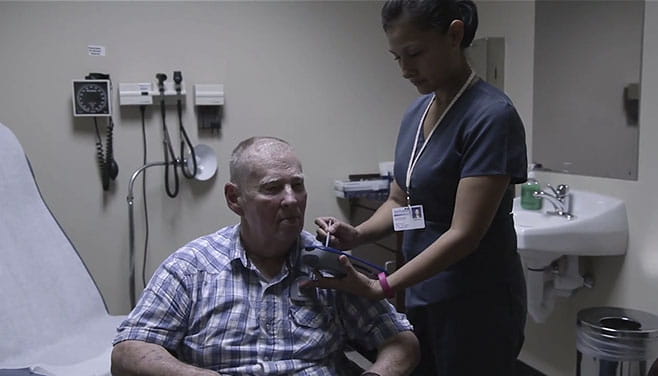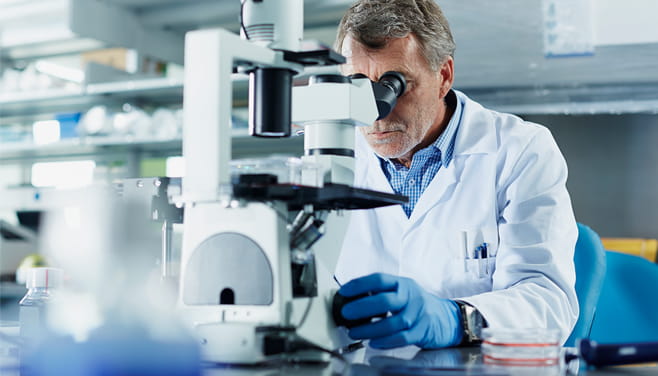Parkinsonism & Parkinson’s Disease
Let Us Help You Find a Doctor
Let Us Help You Find a Doctor
U.S. PATIENTS:713.790.3333
Find a Specialist Near You
Houston Methodist offers patients with Parkinson’s disease the most advanced treatment options — including innovative therapies not widely available at other medical centers. Our integrated neurologists provide expertise and education to improve patients’ quality of life.
Houston Methodist offers a comprehensive approach to treating patients with Parkinson's disease and parkinsonism disorders that reduce dopamine levels in the brain. Our expert team provides compassionate patient care, backed by leading-edge diagnostic technology and innovative clinical research.
Parkinson’s disease is a progressive condition of the nervous system that affects movement. Symptoms worsen over time, causing challenges in communication and performing daily activities. Our specialized neurology team at Houston Methodist offers an ongoing partnership with you — from diagnosis through every stage of Parkinson’s disease. We will be by your side to help you and your family lead a comfortable, high-quality life.
Houston Methodist offers a comprehensive approach to treating patients with Parkinson's disease and parkinsonism disorders that reduce dopamine levels in the brain. Our expert team provides compassionate patient care, backed by leading-edge diagnostic technology and innovative clinical research.
Parkinson’s disease is a progressive condition of the nervous system that affects movement. Symptoms worsen over time, causing challenges in communication and performing daily activities. Our specialized neurology team at Houston Methodist offers an ongoing partnership with you — from diagnosis through every stage of Parkinson’s disease. We will be by your side to help you and your family lead a comfortable, high-quality life.
Diagnosing & Treating Parkinson’s Disease
Patient Success
Find Clinical Trials
Houston Methodist is leading the way in new research to find innovative treatment options.
Choose a Doctor at One of Our Locations
FILTERS:
Clear All Filters


